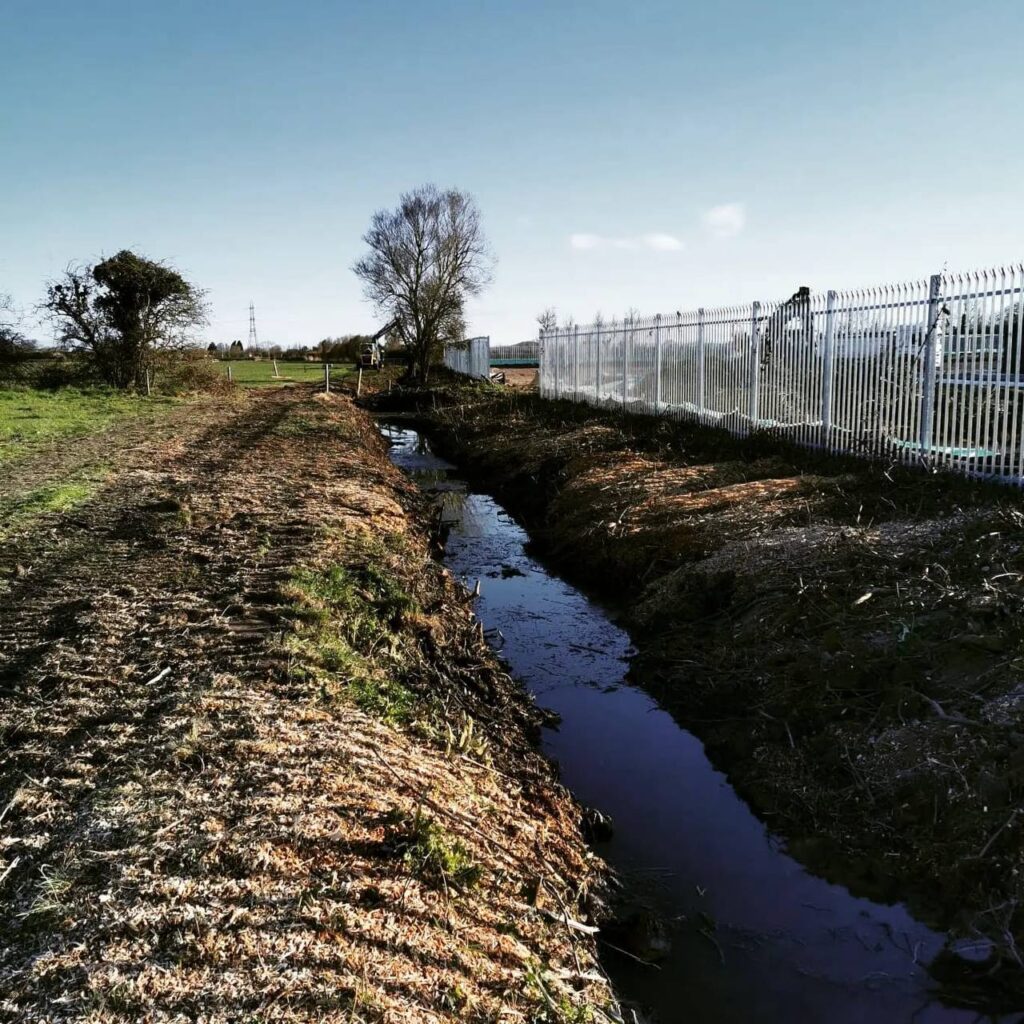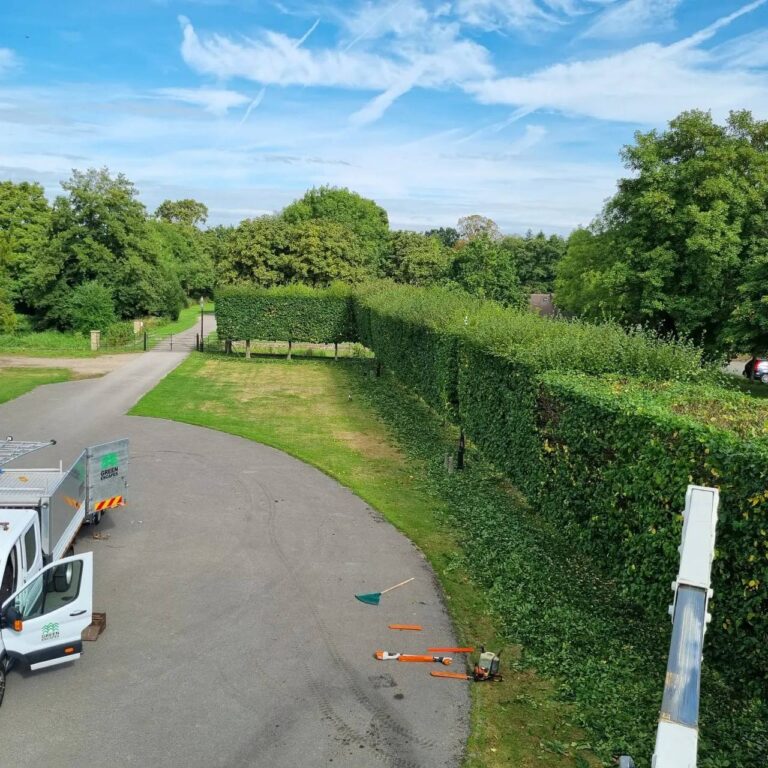Introduction: Tree crown reduction is a vital aspect of tree care to improve tree health, enhance safety, and maintain aesthetic appeal. Pruning plays a crucial role in the crown reduction process, allowing arborists to selectively remove branches to reduce the size and density of the tree’s canopy. In this blog post, presented by The WS13 Tree Surgeons, we’ll delve into the importance of pruning in tree crown reduction and the techniques used to achieve optimal results.
Promoting Structural Integrity:
- Pruning is essential for promoting the structural integrity of trees undergoing crown reduction. By selectively removing weak, diseased, or crossing branches, arborists can reduce the risk of branch failure and improve the overall stability of the tree. Pruning also helps open the canopy, allowing for better air circulation and light penetration, which is essential for promoting healthy growth and minimising disease and pest infestations.
Achieving Desired Aesthetic Results:
- Pruning is key in achieving the desired aesthetic results during tree crown reduction. Arborists carefully assess the tree’s shape, size, and form before determining which branches to remove to achieve the desired canopy size and shape. By strategically pruning branches, arborists can create a balanced and visually pleasing silhouette while preserving the natural form and beauty of the tree.
Minimising Stress on the Tree:
- Proper pruning techniques are essential for minimising stress on the tree during crown reduction. Arborists use precision pruning cuts to remove branches without causing unnecessary damage or injury to the tree. Arborists promote rapid wound closure and reduce the risk of infection or decay by making clean, smooth cuts at the branch collar or branch bark ridge. Minimising tree stress helps ensure a smooth recovery and promotes healthy regrowth following crown reduction.
Ensuring Safety and Hazard Mitigation:
- Pruning is critical for ensuring people’s and property’s safety during tree crown reduction. By removing dead, diseased, or structurally compromised branches, arborists can mitigate the risk of branch failure and reduce the likelihood of property damage or personal injury. Proper pruning techniques also help maintain clearance from buildings, power lines, and other structures, reducing accidents and ensuring compliance with safety regulations.
Encouraging Healthy Regrowth:
- Pruning stimulates healthy regrowth in trees undergoing crown reduction. By removing excessive foliage and reducing canopy density, arborists promote the development of new shoots and branches in the remaining canopy. This encourages the tree to allocate resources more efficiently, promoting vigorous growth and overall health. Proper pruning techniques also help to maintain the balance between shoot growth and root development, ensuring long-term health and vitality.
Conclusion: Pruning is crucial in tree crown reduction, allowing arborists to selectively remove branches to achieve desired aesthetic results, promote structural integrity, ensure safety, and encourage healthy regrowth. Experts can help homeowners achieve optimal results in tree crown reduction projects by understanding the importance of pruning and employing proper techniques.
Call us on: 01543 220 994
Click here to find out more about The WS13 Tree Surgeons
Click here to complete our contact form and see how we can help with your tree’s needs.


